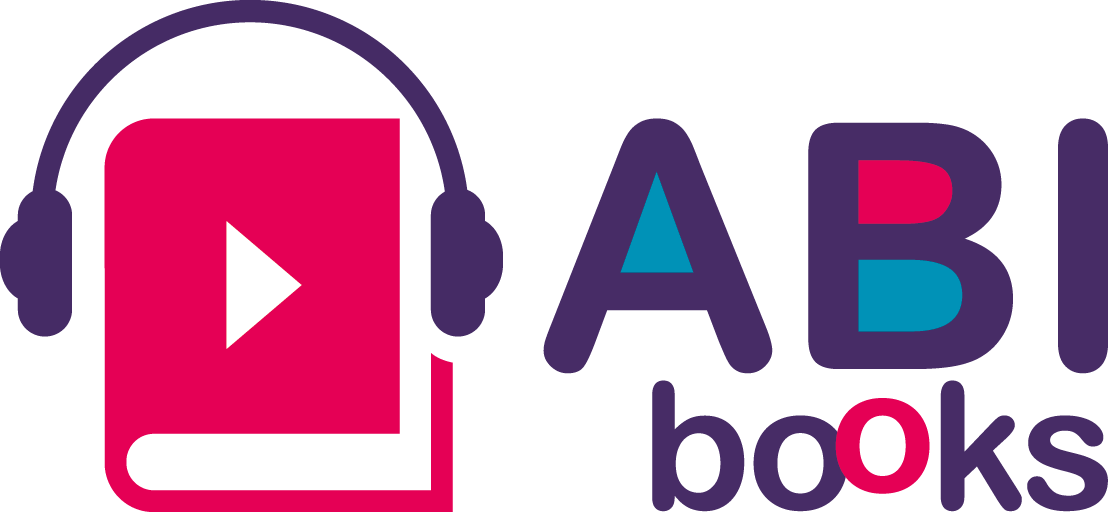
In the digital age, the question of giving children access to ebooks often arises. Indeed, our children are growing up in a world where digital technology is omnipresent, and parents often wonder about the use of digital books compared to paper books to give their children a taste for stories. What are the advantages? How should they be used? This article will answer these questions to help you see things more clearly.
The benefits of digital reading
Support for learning to read

Most digital books contain audio features to support young learners’ reading. Indeed, the child can read while listening and even have the words repeated if necessary. For younger learners, this allows them to gradually develop letter and sound recognition by associating what they hear with what they see. For older students who are still learning, this audio function allows them to practice their reading independently without fearing the slightest disapproving look. In addition, most ebooks offer the option of enlarging the font, if necessary, which helps young readers better identify the letters they are reading.
The playful aspect

With interactive books, the reading experience differs from paper books. Indeed, interactive books are often enriched by sounds, animations, small games, or questions. The child has the impression of playing while being immersed in a story. In addition, this gives children access to digital technology, which is increasingly in demand. This allows children to work on their reading skills without realising it, which is often the best way to learn…
The reader’s commitment

As mentioned above, when children read a digital book, they are immersed in a multi-sensory experience that combines reading and listening, but they are also confronted with animations and little games or questions that make them an actor in the story being read. Digital books thus promote better reading comprehension because they allow the child to hear the sounds when they occur (a horse neighing, a character laughing, etc.) but also because children have, in most cases, the possibility of answering questions that lead them to infer the continuation of the story. All these possibilities allow the creation of mental images, which are the basis of the imagination.
Some tips for a successful digital experience
The limits

It is essential to adapt the reading time to each age so that the concentration time required is not too long and, therefore, counterproductive. The solution most recommended by psychologists is to announce the time of use. This makes it possible to set a limit from the outset, and if the duration of use is systematically stated, this also makes it possible to learn to self-regulate the screens.
Parental guidance

As with paper books, it is important that the reading of books, while it can be autonomous at times, can also remain a time for sharing. The presence of the parents during the reading allows the child’s reflection to be stimulated, but also to try to imagine possible follow-ups together. And then it also helps to support learning to use the digital tool.
Keep reading paper books

Although reading digital books has many advantages, it is important not to abandon paper books. Indeed, the paper book allows for a different exchange with the adult since the adult brings the different characters and the story to life. Moreover, the paper book is a tangible object that can be handled, observed and accessed independently.
In conclusion, the two kinds of books are often presented in matches where one has to win, and the other has to lose, but in reality, we think that both are complementary and that being able to alternate between paper and digital is an opportunity for children.
Bibliography
- Karsenti, T. and Jaillet, A. (2019) Le Numérique en éducation: Pour Développer des Compétences. Québec: Presses de l’Université du Québec.
- Strouse, G.A., Nyhout, A. and Ganea, P.A. (2018) “The role of book features in young children’s transfer of information from picture books to real-world contexts,” Frontiers in Psychology, 9. Available at: https://doi.org/10.3389/fpsyg.2018.00050
- https://bayam.tv/fr/blog/enfants-et-ecrans/la-lecture-numerique-pour-enfants-quels-avantages-quel-usage/
- https://www.epopia.com/blog/lirec/lire-et-ecrire/avantages-livre-papier-vs-livre-numerique/
